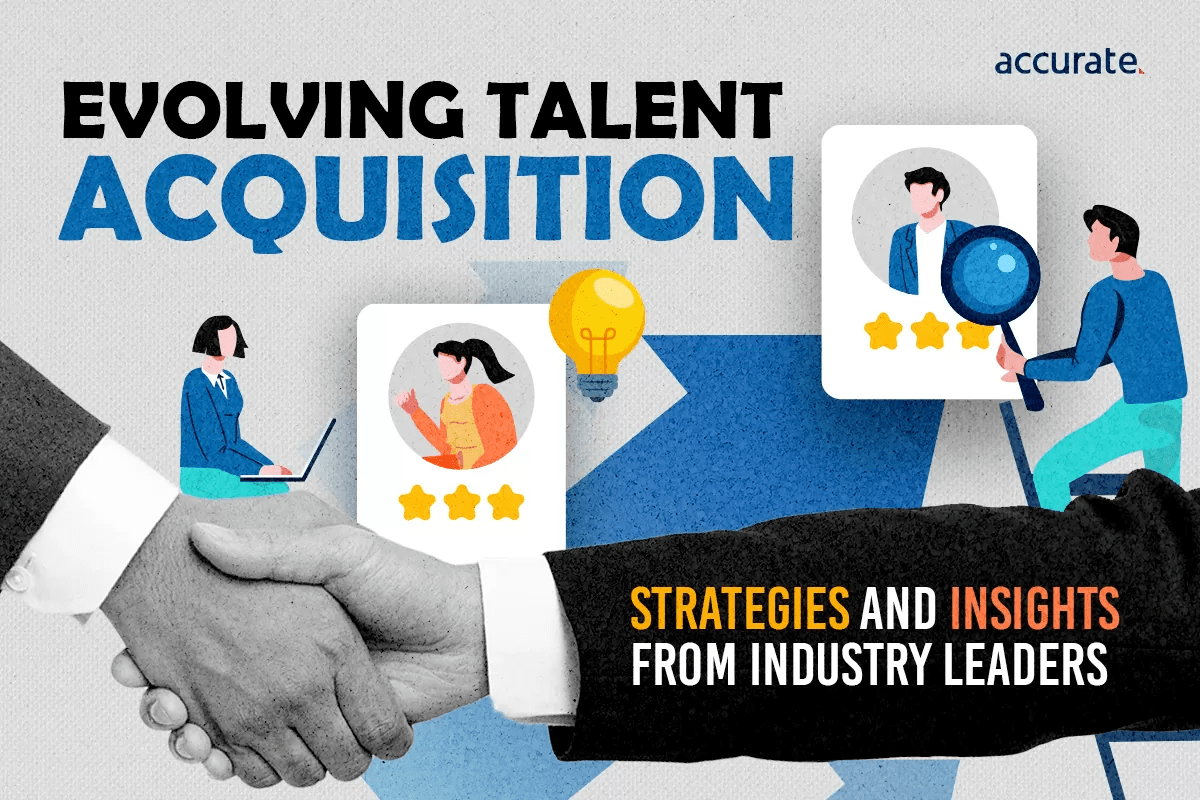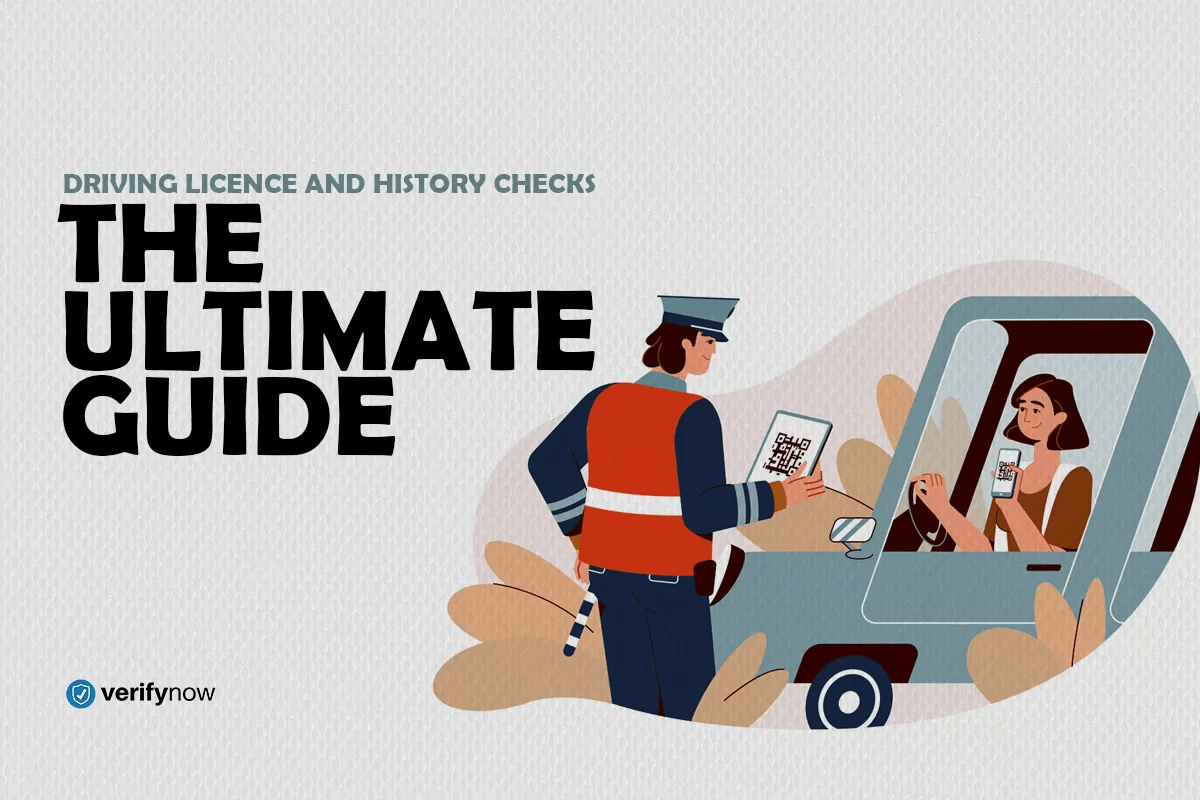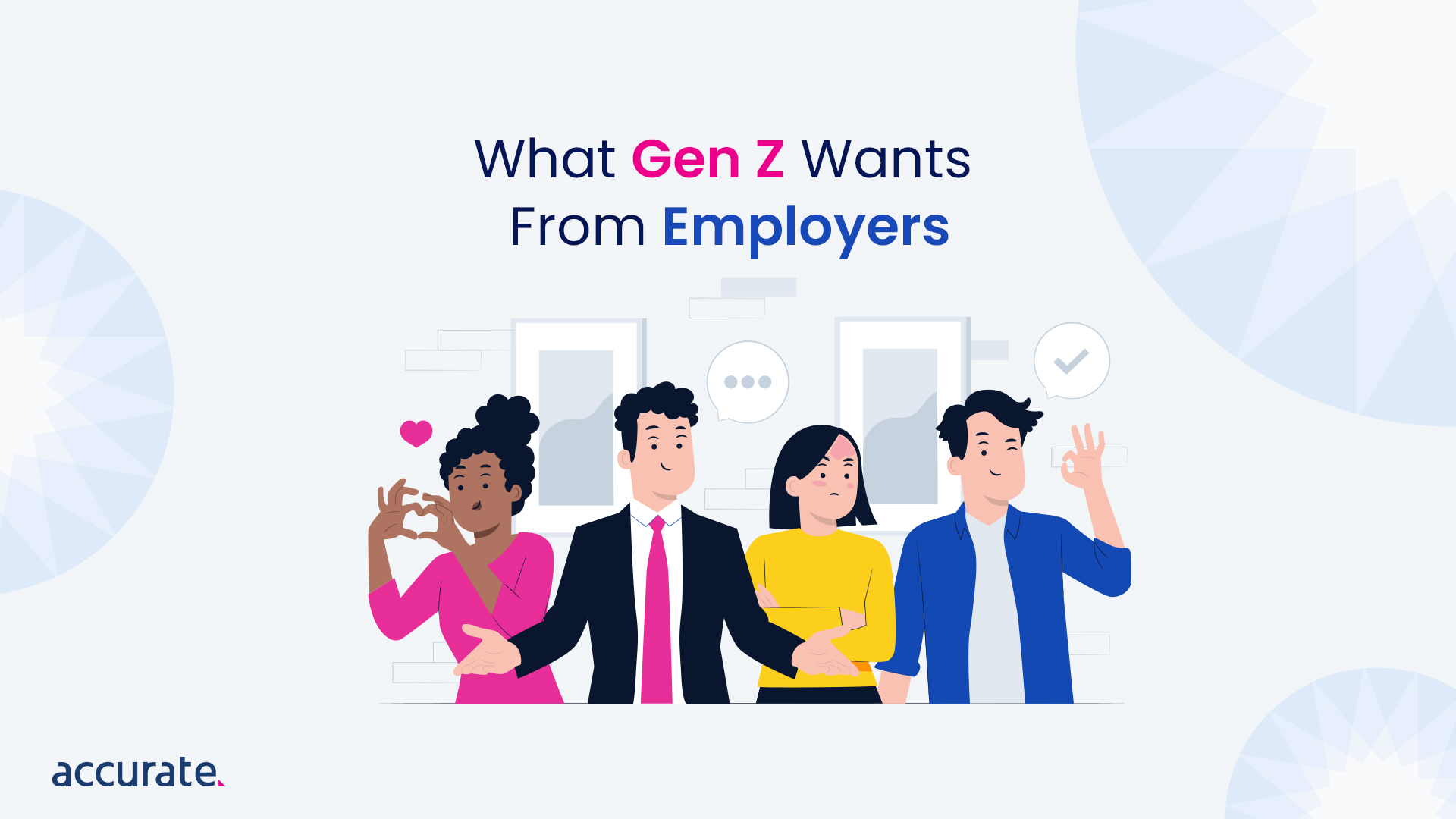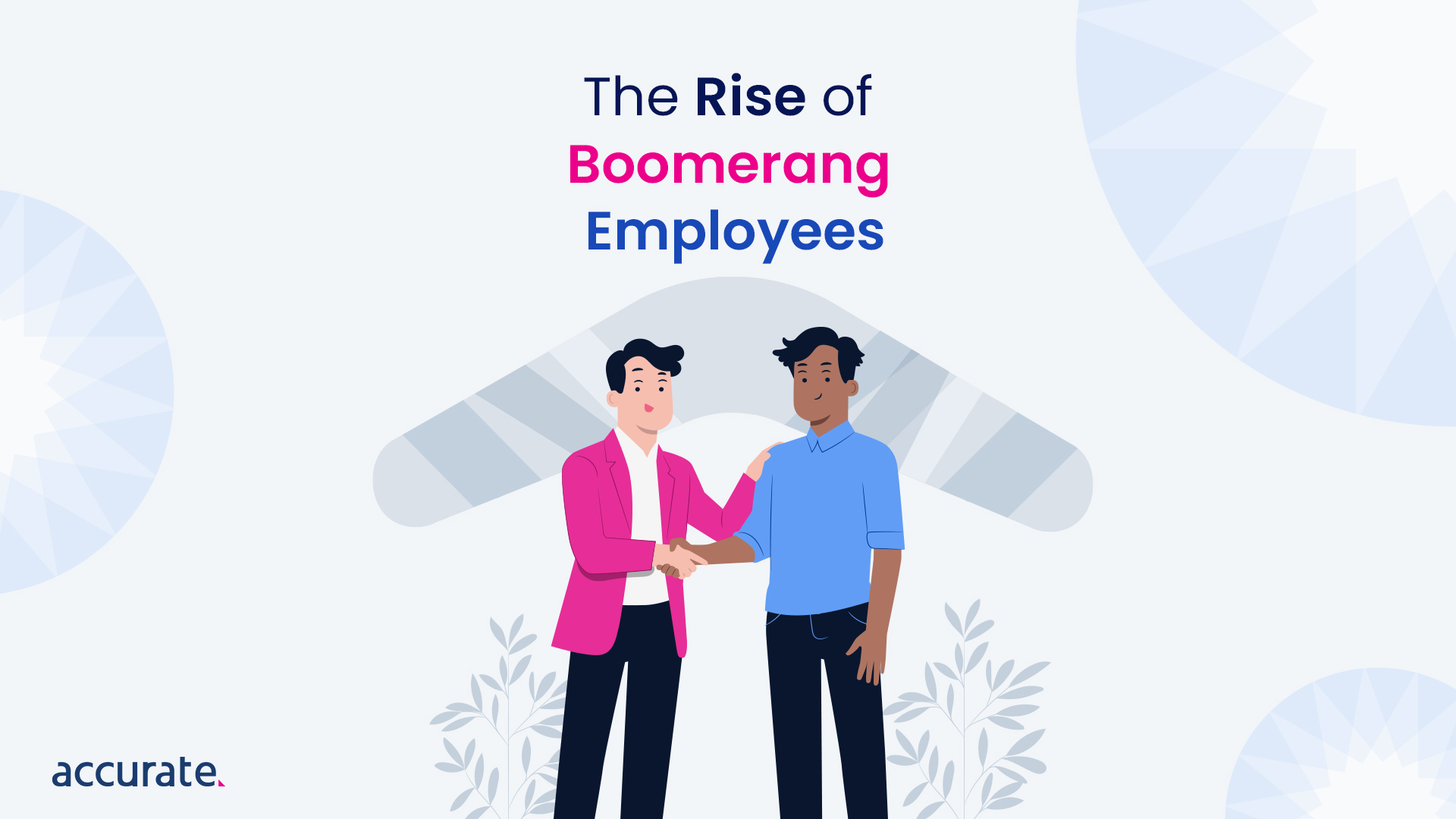In an era where the talent acquisition landscape is continuously shaped by dynamic market conditions, technological advancements, and shifting organisational goals, businesses are adopting more fluid, adaptive, and innovative strategies to stay competitive.
From embracing agility and leveraging data analytics to ensuring a holistic and human-centric approach in recruitment, industry leaders are not just reacting to present needs but also anticipating and navigating future shifts with strategic foresight.
This article provides insights into the perspectives and strategies from Australia’s industry leaders, exploring how organisations can harness the power of data, prioritise applicant experience, and adapt to the hybrid work model to secure top-tier talent in a rapidly evolving workforce landscape.
Disclaimer: The contents of this article do not constitute legal advice, are not intended to be a substitute for legal advice, and should not be relied upon as such. You should seek legal advice or other professional advice about any particular matters you or your organisation may have.
Embracing Agility in Talent Acquisition
Due to the fast-paced nature of today’s business environment, the talent acquisition process has evolved to become more fluid and adaptive than ever before. A dynamic approach to talent acquisition is necessary in the hiring process.
The rapid changes in market dynamics, technological advancements, and shifting organisational goals demand a proactive and flexible approach to recruitment. Bec Donnelly, VP People at SiteMinder, captures this sentiment with her analogy: “As the business shifts and changes, you have to be able to surf that wave.”
Her words highlight the essence of agility in the recruitment process—it’s not just about reacting to present needs but also about anticipating future shifts and being prepared to navigate them. This forward-thinking approach is imperative, especially when considering the significance of predicting talent demand.
Organisations that can accurately forecast their future talent needs are better positioned to secure the right candidates ahead of their competitors.
The ability to frequently adapt recruitment strategies in response to these predictions ensures that businesses remain competitive, not just in market share but also in attracting and retaining top-tier talent.
The dynamic nature of today’s business environment has transformed talent acquisition from a static, one-size-fits-all process to a strategic, agile operation that continuously evolves with business needs.
Leveraging Data Analytics
The transformative power of data analytics in talent acquisition can’t be overemphasised. It offers a strategic edge, enabling companies to make informed decisions, predict future trends, and optimise their recruitment processes.
Haren Krishnadasan, Head of Tech Talent Acquisition at the Commonwealth Bank, is a testament to the growing significance of data analytics in HR. He points out that even if organisations can’t allocate resources to hire a dedicated analytics engineer, there’s immense value in upskilling existing team members.
“Even if you can’t hire a dedicated Analytics professional, take the time to train at least one person and the ripple effects and have significant positive impact to the wider group.”
Innovative applications of data analytics are also emerging across various sectors. A notable example is Garth Quinn’s approach at Healius Limited. As the Head of Talent Acquisition and People Experience, Quinn ingeniously leveraged public data to predict demand in the aged care sector.
Through analysing publicly available data on the age demographics of the local population, he could estimate the number of individuals approaching the age where they might require aged care services. This data-driven insight allowed him to project further the potential business the aged care facility could attract. This forward-looking, data-informed strategy enabled Healius Limited to proactively adjust its hiring practices, ensuring they were well-prepared to meet the anticipated demand.
So, data analytics is revolutionising the way businesses approach talent acquisition. Whether through internal upskilling or innovative applications like Quinn’s, the message is clear: harnessing the power of data can lead to more strategic, efficient, and successful recruitment outcomes.
The Just-In-Time Recruitment Revolution
The Just In Time (JIT) recruitment strategy draws inspiration from the JIT manufacturing approach, emphasising efficiency and timely action.
Instead of maintaining a large pool of permanent employees or hiring well in advance, the JIT recruitment strategy focuses on hiring the right talent exactly when needed. This approach minimises overhead costs and ensures that the workforce always aligns with the current business needs.
With his extensive experience in talent acquisition, Garth Quinn has shed light on the benefits and challenges of recruiting the JIT cohort.
One of the primary advantages of this approach is the ability to tap into candidates with diverse skill sets on an as-needed basis. Especially in roles that demand strong customer service skills, the JIT cohort can be invaluable. Their varied backgrounds and experiences often equip them with a unique perspective and a broad range of skills, making them adaptable and effective in customer-facing roles.
However, the JIT recruitment strategy is not without its challenges.
As Quinn points out, these candidates require swift action. The very nature of JIT means that there’s little room for delays, and companies must be prepared to move quickly through the recruitment process to secure top talent. This can sometimes lead to rushed decisions or overlooked details.
But, while the Just In Time recruitment strategy demands agility and quick decision-making, the rewards, especially in accessing a pool of candidates with diverse and invaluable skill sets, make it a compelling approach for many businesses.
A Holistic Approach to Recruitment
There’s a growing recognition of the limitations of traditional recruitment methods. One of the most commonly used tools in hiring, the resume, is increasingly seen as an incomplete representation of a candidate’s potential.
While resumes provide a snapshot of a candidate’s educational background and work history, they often fall short of capturing the full spectrum of a candidate’s abilities, especially regarding soft skills, temperament, and other intangible qualities.
A consistent message echoed by recruitment experts is that resumes are only sometimes the most reliable indicators of a candidate’s suitability for a role. This is particularly true for positions like care workers, where technical qualifications or past job titles might be less revealing than a candidate’s soft skills, propensity for aggression, or innate customer service abilities.
A candidate’s empathy, patience, and interpersonal skills can be far more valuable in these roles than any credential listed on a resume.
Recognising these limitations, many organisations should consider adopting modern assessment tools and methodologies that offer a more holistic overview of candidates. These tools go beyond the surface-level details of a resume to delve deeper into a candidate’s personality, cognitive abilities, and behavioural tendencies:
- Behavioural assessment tools: These tools evaluate a candidate’s behavioural traits and predict how they might react in specific job-related situations. They can be particularly useful in identifying aggression indicators or gauging a candidate’s suitability for customer-facing roles.
- Skill Assessment Platforms: Instead of relying solely on self-reported skills on a resume, these platforms allow candidates to demonstrate their abilities through practical tests and challenges.
- Situational Judgement Tests: These tests present candidates with hypothetical, job-related situations to assess their problem-solving abilities, decision-making skills, and interpersonal skills.
- Video Interviews: With the rise of remote work and digital tools, video interviews can offer insights into a candidate’s communication skills, body language, and overall demeanour, providing a more holistic view than a paper resume.
Applicant Experience as a Strategic Asset
Every interaction, from the moment an individual considers applying to the feedback they receive post-interview, shapes their perception of the company. This positive or negative perception can have far-reaching implications for a brand’s reputation and future business prospects.
Donnelly and Krishnadasan have both emphasised the significance of a positive applicant experience. It’s a sentiment that resonates with many in the industry: the way a company treats its applicants, successful or not, can be a reflection of its values, culture, and professionalism.
Consider the scenario of a large organisation like the Commonwealth Bank, which attracts thousands of job applicants annually. The vast majority of these applicants won’t secure a position. However, their experience during the application process can influence their future relationship with the brand.
A positive, respectful, and transparent interaction can leave a lasting impression, turning even unsuccessful candidates into potential brand ambassadors or clients. On the other hand, a negative experience can deter them from ever engaging with the brand again, and they might even share their negative experiences with others.
Garth Quinn’s suggestion of integrating AI and transparency data into the recruitment process can further enhance the applicant experience. For example, AI-driven tools can provide prompt updates to applicants, ensuring they’re aware of their application status. On the other hand, Transparency data can offer insights into why certain decisions were made, giving applicants a clear understanding of the process.
One of the most impactful ways to leave a positive impression is by providing individualised feedback to applicants who still need to cut. This kind of feedback offers them valuable insights for their professional growth and demonstrates the company’s commitment to personal development and respect for all individuals, regardless of the outcome of their application.
So, companies should consider applicant experience to be more than just a procedural necessity and instead look at it as a strategic asset.
Adapting to the Hybrid Work Model
The world of work has been undergoing a seismic shift, with the hybrid work model emerging as a prominent fixture in the post-pandemic landscape. This model, which combines remote and in-office work, offers employees flexibility while ensuring that businesses can maintain productivity and collaboration.
Its rise has had profound implications for talent acquisition, reshaping how companies attract, engage, and retain talent.
A key insight from the hybrid work panel was the emphasis on in-person “moments that matter.” While the hybrid model offers flexibility, you must recognise that not all tasks are best suited for remote work.
Glenn Carter, Head of Tech Capability Development at ANZ, highlighted the importance of choosing work environments based on the nature of the task. Some activities, especially those requiring deep collaboration, brainstorming, or team bonding, are often more effective in person.
These moments, critical project discussions, team-building exercises, or milestone celebrations, can foster a sense of belonging, boost morale, and enhance productivity. They serve as touchpoints that reinforce company culture, values, and team cohesion.
So in a hybrid work environment, where employees might not see each other daily, these “moments that matter” become even more critical. They serve as anchors, ensuring the team remains connected, aligned, and engaged.
But if you can find the right balance and master the hybrid work model, it can be a game-changer for a company’s Employee Value Proposition (EVP). An EVP encompasses the unique offerings and benefits that a company provides to its employees, and in today’s competitive talent market, a well-implemented hybrid model can be a significant differentiator.
Prospective employees are increasingly valuing work-life balance, flexibility, and autonomy. By showcasing a successful hybrid model, companies can position themselves as forward-thinking, employee-centric organisations, making them more attractive to top talent.
Key Takeaways
The future of talent acquisition is evolving rapidly, shifting towards more data-driven and human-centric strategies. Embracing agility, leveraging data analytics, focusing on candidate experience, and adapting to the hybrid work model are key strategies that will define the future of talent acquisition.
As we move forward into this new era, businesses must stay ahead of the curve by continuously evolving their talent acquisition strategies to meet the changing needs of the workforce.
If you need help establishing a hiring strategy that leverages these insights, contact VerfiyNow today.



